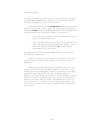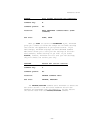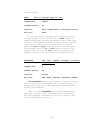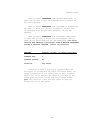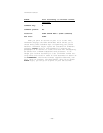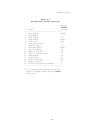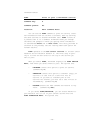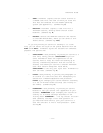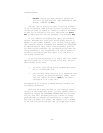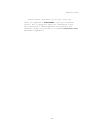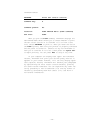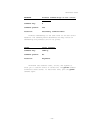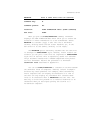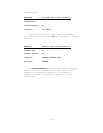Reference Guide
* SEND: Transfers (copies) the bar cursor outline to
a PASCAL text file. The disk on which you store the
file must be formatted for the PASCAL operating
system (see Appendix C). (Command key S)
* RECEIVE: Transfers (copies) a text file into a
ThinkTank outline, directly below the bar cursor
headline. (Command key R)
* ESCAPE: Cancels the TEXTFILE selection and returns
to the PORT DEVICE Menu, where you can select a dif-
ferent device. (Command key ESC)
If you are printing an outline or sending it to a text
file, you can select the style of the ported material with the
PORT STYLE Menu. Different styles are suitable for different
purposes. The options are:
* STRUCTURED: Used primarily in porting an outline to a
text file; rarely printed. STRUCTURED style con-
tains information about the organization of the
outline. Hard to read, but ideal for backing up an
outline, transferring material from one outline to
another, and sending an outline to another ThinkTank
user. With certain exceptions noted below,
STRUCTURED is the only port style that- ThinkTank it-
self can read. (Command key S)
* PLAIN: Used primarily in porting the paragraphs of
an outline to a text file that will subsequently be
edited with a PASCAL—compatible word processor.
PLAIN style arranges your outline material according
to a set of minimal format settings (see listing un-
der PLAIN). (Command key P)
* FORMATTED: Used primarily in printing an outline
because it lets you control the- appearance of your
document. FORMATTED style arranges your outline ac-
cording -to 16 format settings described in the
listing under- FORMATTED. - You nay choose- the stan—
dard (default) settings or set them yourself. If
you need even more-control, port your outline to a
text file and edit it with a word processor. (Comm-
and key F)
— 171—




